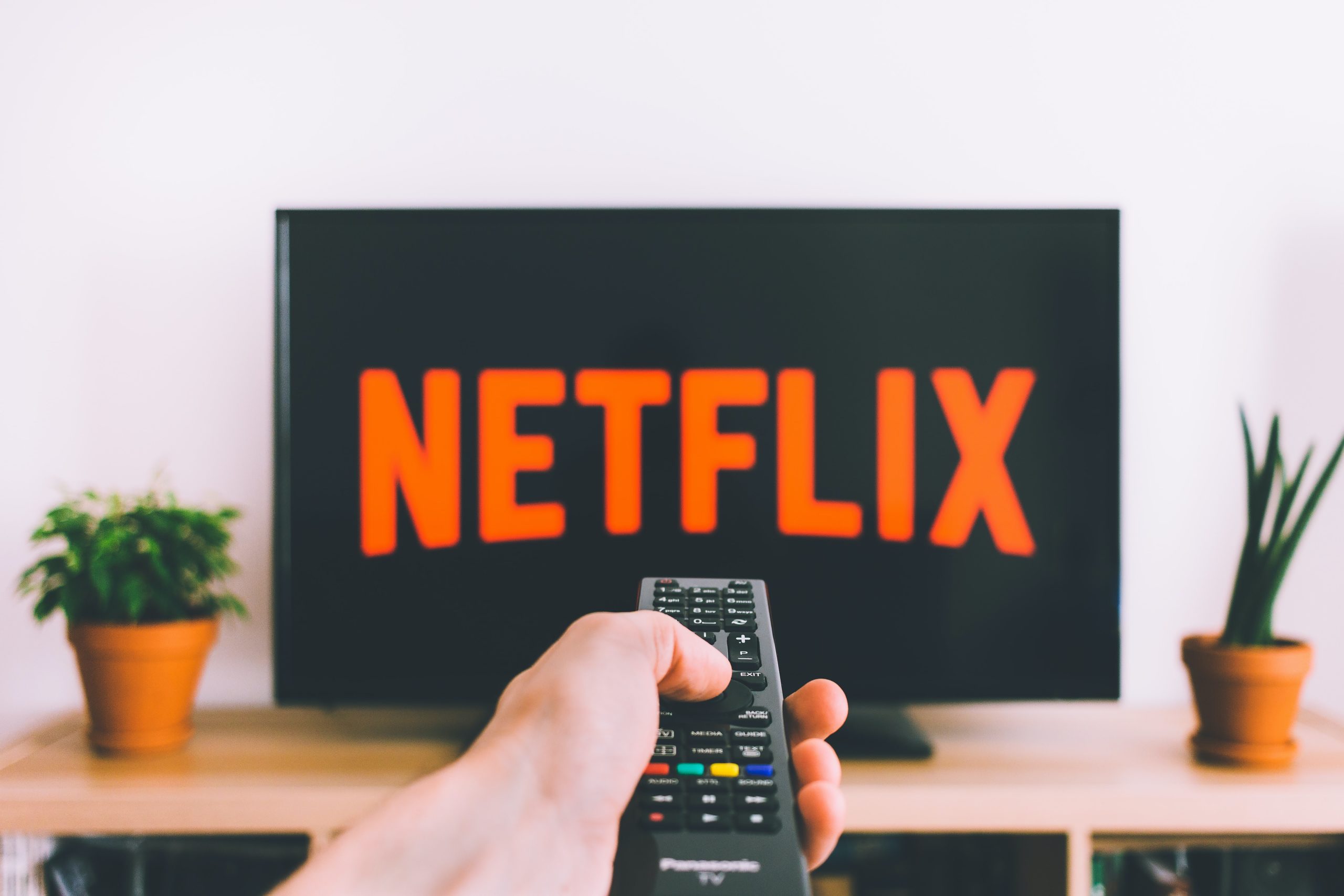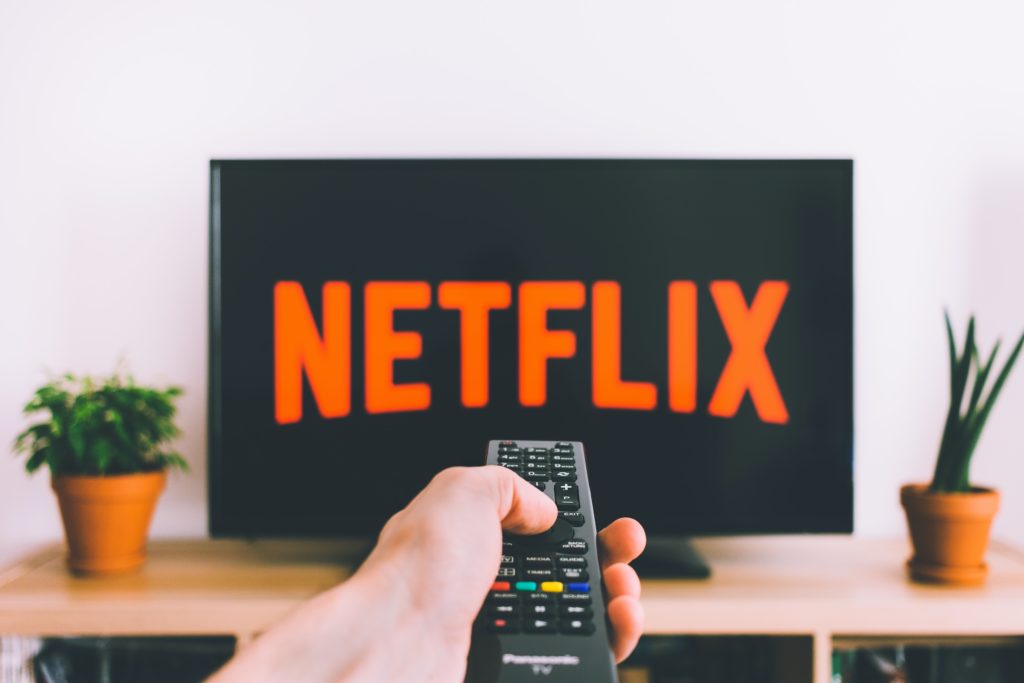Why marketers shouldn’t touch Netflix with a 10-foot pole

After 15 years of operating ad free, the original video streaming giant Netflix has announced that in November 2022, it will begin offering an ad-supported plan for its subscribers. It’s a logical move for Netflix, which has already lost over one million subscribers in 2022. Expanding into ad-supported offerings benefits Netflix in two ways by (1) attracting or retaining subscribers who are willing to view ads for a discounted monthly rate and (2) creating an additional revenue stream from ad sales.
This news has generated a lot of buzz and has marketers anxious to understand how they can finally leverage this mammoth platform to connect with highly engaged audiences alongside premium, high-quality content. But, as an award-winning marketing agency, we are here to tell you not to. At least for now. Although it can be tempting to chase the new and shiny toy and get your “first to market” title, we would recommend sitting this one out. Here are four reasons why:
1. Cost
Netflix’s costs per thousand (CPM) are reported to begin around $60. That’s about 50% more than what Hulu charges and over twice the price of what you can buy programmatically for high-quality, full-episode type content. If your marketing goal is awareness and reach, Netflix is not a logical choice. Pair that with a minimum investment that is reported to be more than $10 million — that’s an expensive way to build awareness. However, cost is our smallest qualm with Netflix ads.
2. Audience
Netflix’s audience has historically been highly engaged and brand loyal. Although they’ve faced some challenges recently, they are still a powerhouse with hundreds of millions of active subscribers. But Netflix’s core audience has blissfully binged ad-free content for over a decade. And although ad-supported Netflix is opt-in, ads are not something audiences will be looking forward to; they will likely feel pretty jarring at first. A negative reaction to Netflix ads in general could quickly be associated with your brand, especially if you are first to market. Additionally, although Netflix boasts having over 220 million subscribers, the ad-supported plan is expecting only 500,000 subscribers by the end of 2022. So, if you’re doing the math, your frequency would hit over 300 before you hit your $10MM minimum investment. This is a recipe for a very annoyed audience.
3. Targeting
Netflix has already stated that the only targeting they will offer is genre and country, which makes sense given the frequency problem they are bound to face. But, as savvy digital marketers, we expect more. Unless your target audience is an entire country, this broad targeting will not make sense for most brands. On the flipside, Netflix’s competitors offer an array of targeting options to reach niche audiences at half the price with robust reporting and attribution.
4. Lack of Measurement
In 2022, delivery metrics (think impressions, reach, frequency) are table stakes. As a trusted marketing partner to many brands, blindly handing over $10MM without even an idea of what our clients will get in return is unfathomable. Netflix’s lack of third-party measurement will not fly with today’s data-obsessed digital marketers. And given the utter lack of the most basic metrics, any attribution capabilities feel like a lifetime away.
As with any new-to-market ad platform, Netflix has some kinks to work out. But as a $100-billion company, many marketers expect them to be able to do the math and see that their ad-supported business plan is set up for failure in its current state. After a few false starts, Netflix will figure out how to build a successful ad platform, but until then, we encourage all clients to stay away from this latest shiny object.
So, what should marketers do in the meantime? We recommend keeping media investments with well-established demand-side platforms (DSPs) and ad-supported streaming services that can offer the scale, targeting, and measurement we’ve come to expect in 2022. Together, we’ll patiently wait for future advertising opportunities within Netflix that align with modern marketing needs.



